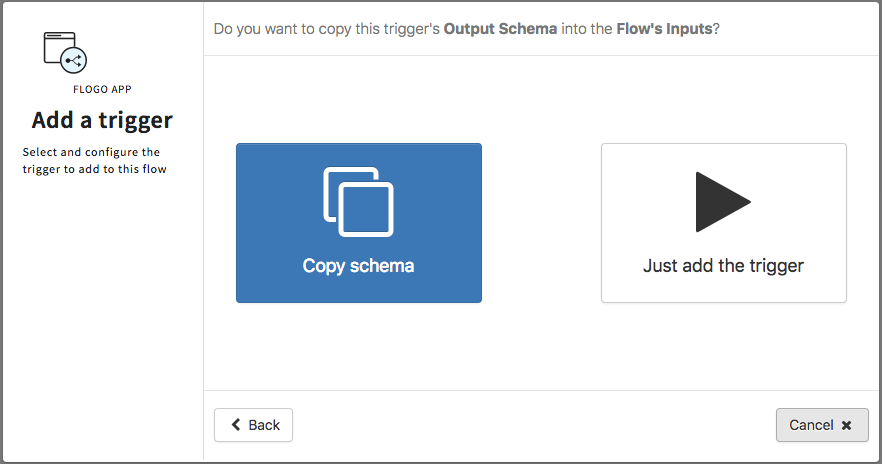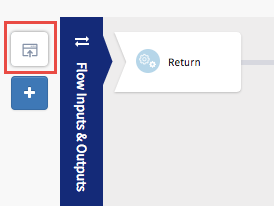Creating a Flow with a REST (Receive HTTP Message) Trigger
When creating a flow with a REST trigger, you have the option to either enter the schema in the Add a trigger dialog while creating the flow or you can start by using a Swagger-compliant JSON file to create the flow.
You can create a REST flow by entering a JSON schema or dragging and dropping a Swagger-compliant JSON file. See Using a Swagger 2.0 Compliant File section for how to use a Swagger file.
To create a REST flow by entering the schema, do the following:Procedure
Copyright © Cloud Software Group, Inc. All rights reserved.



